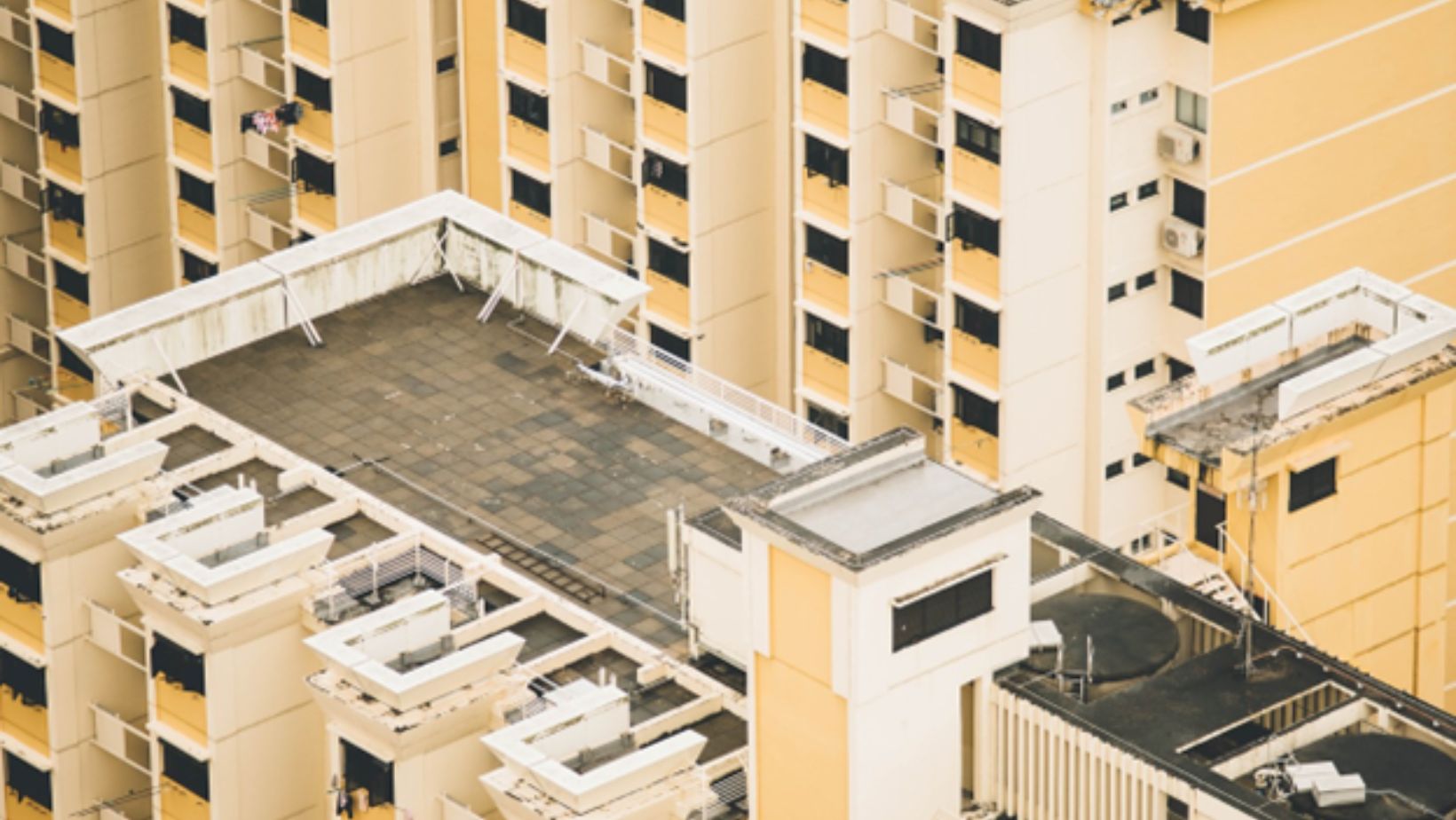Accessing rooftops in business facilities can present several challenges, from safety concerns to logistical hurdles. However, maintaining proper rooftop access is crucial for tasks such as regular maintenance, emergency repairs, and installing equipment. Ensuring that facility managers and maintenance personnel can reach these areas safely and efficiently requires a strategic approach. This guide explores best practices for securing rooftop access, highlighting safety measures, legal considerations, and technological solutions that can optimize the process.
Innovative Solutions and Technologies
The advancement of technology has introduced several innovative solutions to improve the safety and convenience of rooftop access in business facilities. One such solution is the use of drone technology for inspections. Drones equipped with high-resolution cameras and thermal imaging capabilities can perform detailed inspections of rooftop conditions without the need for physical access. This reduces the risk associated with manual inspections and saves time. The classic sturdy roof access stairs can not be dispensed with, but technology has helped to reduce the frequency of use for certain tasks. Another technological solution is the installation of rooftop access control systems. These systems utilize keycards or biometric scanners to restrict access and ensure that only authorized personnel can enter designated areas. This not only enhances safety but also allows for better tracking and monitoring of who enters and exits the rooftop area.
Safety Measures and Protocols
Ensuring the safety of personnel accessing rooftops is paramount, and implementing comprehensive safety measures and protocols is essential. First and foremost, it is critical to conduct regular safety training for all staff involved in rooftop maintenance and inspections. This training should cover the use of personal protective equipment (PPE) such as harnesses, safety helmets, and non-slip footwear, ensuring that workers are well-equipped to handle potential hazards.

Additionally, establishing clear access protocols is vital. This includes having well-marked access routes and signage indicating areas of caution or restricted access. Implementing a permit-to-work system can further enhance safety by requiring work authorization for specific rooftop activities, ensuring that all safety checks are completed before access.
Routine inspections of equipment like roof access stairs, ladders, and safety rails are crucial to ensure they remain in good working condition and comply with safety standards. Regular maintenance schedules and checklists can help facility managers keep track of necessary repairs and replacements.
Legal and Compliance Considerations
Navigating the legal and compliance aspects of rooftop access is a critical component of facility management. Business facilities must adhere to established occupational safety and health regulations, which may vary by region or industry. Compliance with standards such as OSHA (Occupational Safety and Health Administration) regulations in the United States ensures that facilities meet minimum safety requirements and protect employees from potential hazards.
It’s important to remain updated on any legislative changes that might affect rooftop access protocols, including building codes, fall protection requirements, and other relevant safety regulations. Conducting regular audits and engaging with safety consultants can help facilities ensure ongoing compliance. Additionally, obtaining the necessary permits and certifications for rooftop modifications or installations is essential to avoid legal complications. Facilities should keep detailed records of safety inspections, training sessions, and maintenance activities to demonstrate compliance and support any legal inquiries or audits.
Innovative Solutions and Technologies
In addition to drones, the integration of smart technology represents a significant advancement in enhancing rooftop access. Smart wearables, such as helmets equipped with sensors and augmented reality (AR) glasses, can provide real-time data, alerts, and visual overlays to assist personnel in navigating rooftops safely. These tools can help identify potential hazards and offer guidance during maintenance activities, thus reducing the risk of accidents.
Another innovative solution is the implementation of automated safety systems, which utilize sensors and IoT (Internet of Things) devices to monitor environmental conditions and equipment performance. These systems can automatically trigger alerts or shutoffs in case of anomalies, such as high winds or equipment malfunctions, ensuring timely responses to emerging risks.
The use of modular rooftop access solutions, like prefabricated walkways and portable safety rails, offers flexibility and ease of installation.

These systems can be customized to fit diverse facility layouts while maintaining compliance with safety standards.
Training and Certification for Personnel
Proper training and certification of personnel is imperative for ensuring safety and operational efficiency when accessing rooftops. Comprehensive training programs should be implemented to educate staff on up-to-date safety protocols, equipment handling, and emergency response procedures. These sessions should include hands-on practice with personal protective equipment (PPE) and simulation exercises to enhance situational awareness.
Certification programs provide an additional layer of assurance, validating that personnel have attained the necessary skills and knowledge to perform rooftop-related tasks safely. Partnering with accredited organizations to offer certification courses can help ensure that training standards remain high and aligned with industry best practices. Keeping records of completed training and certifications, as well as scheduling regular refresher courses, can help maintain a workforce that is well-prepared to handle the challenges associated with rooftop access.
Ensuring safe and convenient rooftop access in business facilities requires a multifaceted approach that incorporates innovative technologies, robust safety measures, and compliance with legal standards. By investing in advanced solutions such as drones and smart wearables, facilities can significantly reduce the risks associated with rooftop inspections and maintenance. Establishing clear safety protocols and providing comprehensive training and certification for personnel are essential steps toward fostering a secure working environment. Maintaining strict adherence to legal and compliance considerations protects the facility and its workforce from potential hazards and liabilities.
